As global temperatures continue to rise, heatwaves have become increasingly common and severe across the planet. During these extreme weather events, wild birds face significant challenges that threaten their survival—from dehydration and overheating to habitat disruption. Many compassionate humans step in to help by providing water sources, shade, and supplemental food. But what happens when this human assistance suddenly stops? This question deserves careful consideration as climate change intensifies and human intervention becomes more crucial for wildlife survival during extreme weather events.
The Critical Nature of Human Intervention During Heatwaves

When temperatures soar, birds face immense physiological stress as they struggle to regulate their body temperature. Unlike humans, birds cannot sweat, making them particularly vulnerable to heat stress. Human interventions like providing fresh water sources, creating shaded areas, and maintaining bird baths become literal lifelines during extreme heat. These supports help compensate for natural water sources that may have dried up and offer respite from scorching temperatures. Research has shown that areas with consistent human assistance during heatwaves typically maintain healthier bird populations with lower mortality rates compared to areas without such support.
Immediate Physiological Impact on Birds
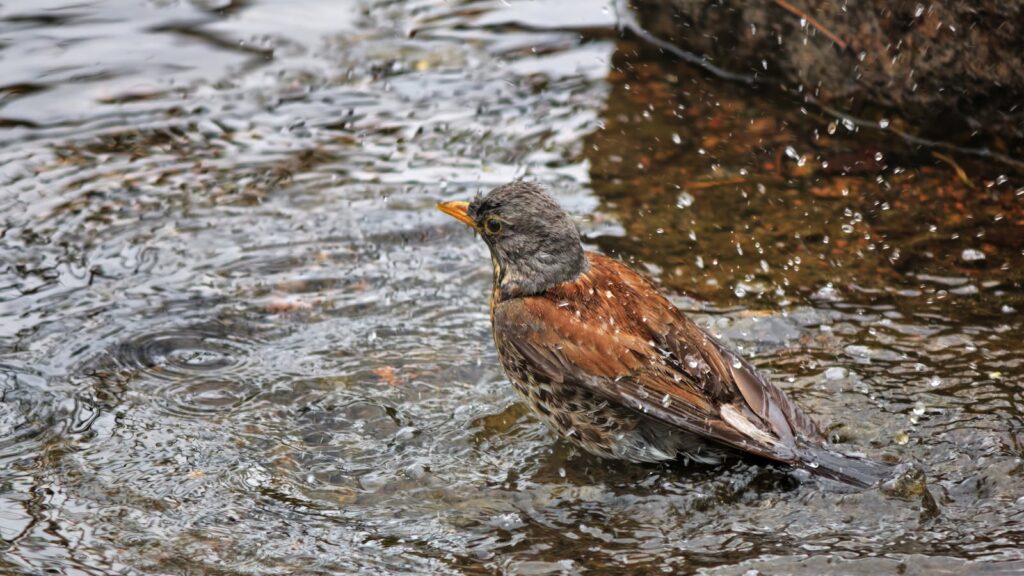
If human assistance suddenly disappears during a heatwave, birds face immediate physiological consequences. Dehydration can occur rapidly, especially in smaller species that have higher metabolic rates and lose water more quickly. Without reliable water sources, birds may experience elevated heart rates, respiratory distress, and eventually organ failure. The physiological stress compounds quickly, with birds potentially losing 5-10% of their body weight within 24 hours without water during extreme heat. This rapid deterioration demonstrates why consistent human intervention is so crucial during these weather emergencies.
Behavioral Changes and Desperate Measures
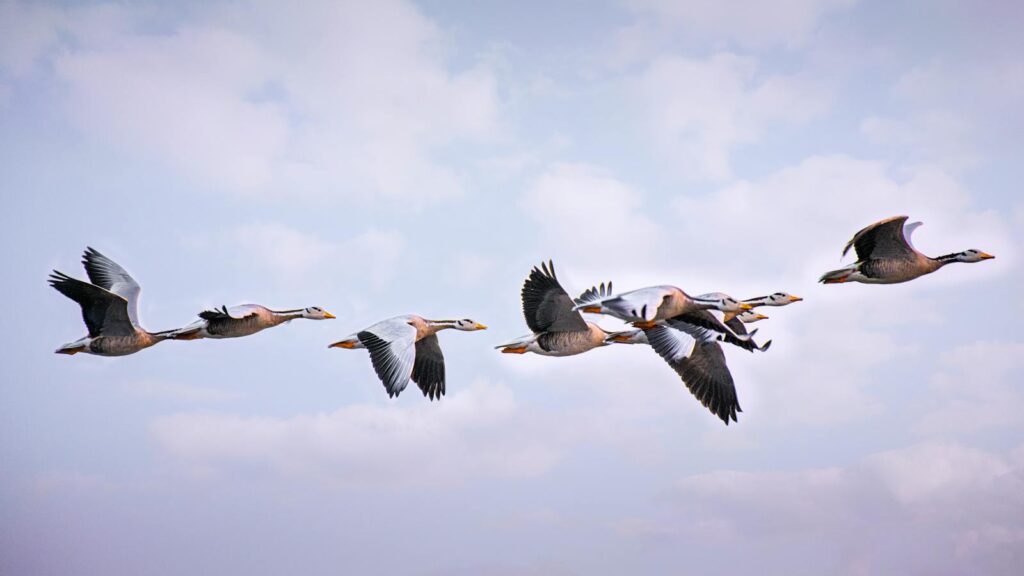
When human-provided resources vanish during heatwaves, birds exhibit notable behavioral changes in their desperate search for alternatives. Ornithologists have observed birds traveling much greater distances than normal to locate water sources, expending precious energy in already stressful conditions. Some species attempt to congregate in any shaded areas available, often resulting in unusual groupings of birds that would normally avoid close proximity. More concerning are reports of birds adopting risky behaviors like drinking from potentially contaminated water sources including swimming pools with chlorine or even condensation from air conditioning units, which can introduce toxins into their systems when safer options disappear.
Population-Level Consequences
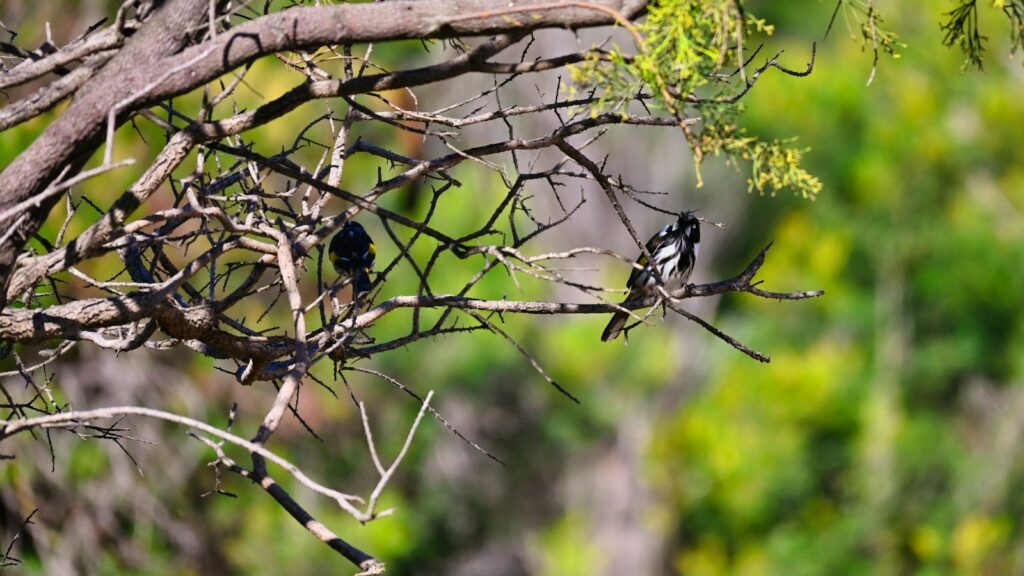
The sudden removal of human assistance during heatwaves can trigger concerning population-level effects that extend beyond individual bird mortality. Mass die-offs have been documented during extreme heat events, particularly affecting vulnerable species with limited heat tolerance. The loss of reproductive-age adults has cascading effects on future populations, creating demographic gaps that may take years to recover from. Studies following the Australian heatwaves of 2019 showed that some local bird populations declined by up to 30% in areas where water sources suddenly became unavailable. These population crashes illustrate the delicate balance that exists during extreme weather events and the critical role that consistent human support plays.
Impact on Breeding and Reproductive Success
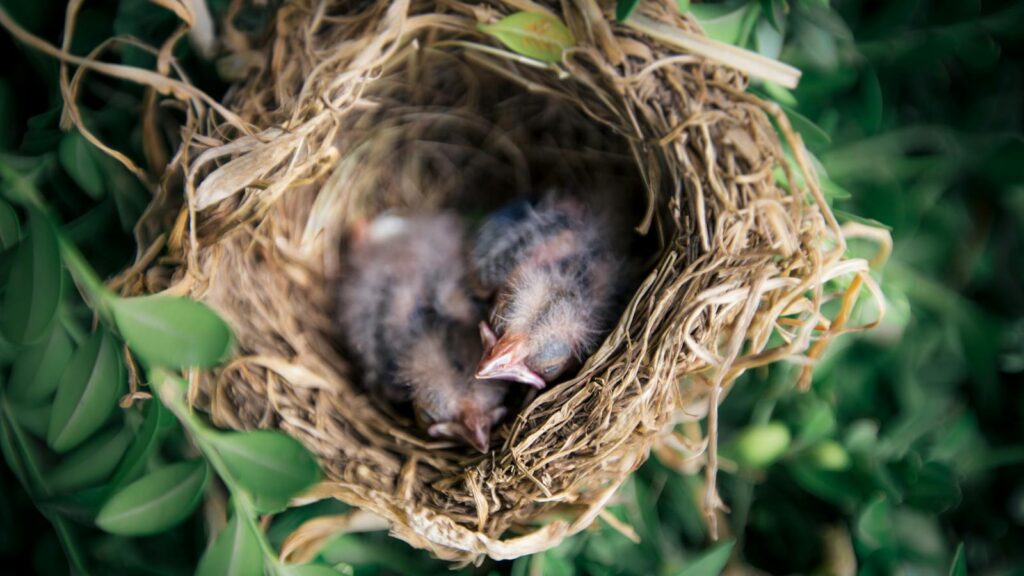
Heat stress combined with sudden resource withdrawal can dramatically affect breeding outcomes for many bird species. When adult birds must focus entirely on survival, nesting activities often become secondary priorities. Eggs exposed to extreme temperatures without adequate parental shading frequently experience reduced hatch rates or complete nest failure. Even when eggs do hatch, nestlings are highly vulnerable to heat stress and can perish quickly without sufficient hydration and cooling from parent birds. Bird conservation researchers have documented complete breeding season failures in certain regions following situations where human-provided water sources were suddenly removed during critical summer heatwaves.
Ecological Ripple Effects
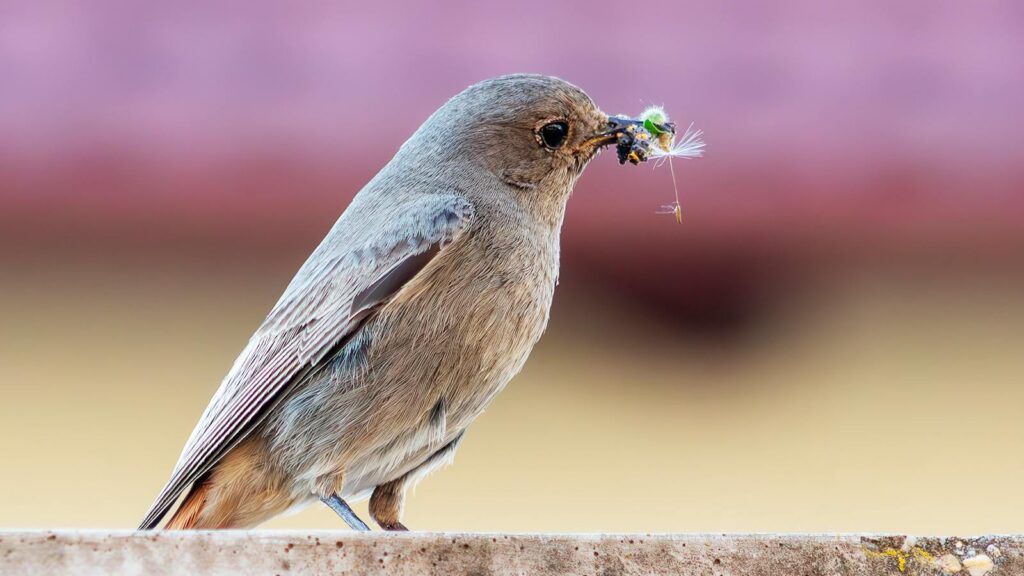
The consequences of bird population declines following assistance withdrawal extend throughout the ecosystem in complex ways. Birds serve vital ecological functions including seed dispersal, pollination, and insect control that maintain ecosystem balance and health. When their populations suddenly decline, insect populations may surge unchecked, potentially leading to plant damage and agricultural impacts. The absence of seed-dispersing birds can alter plant regeneration patterns in natural areas, with some studies showing reduced forest regeneration in areas affected by bird population crashes. These ecological ripple effects demonstrate how the sudden disappearance of human intervention during heatwaves can trigger broader environmental consequences beyond just the birds themselves.
Dependency Concerns and Finding Balance
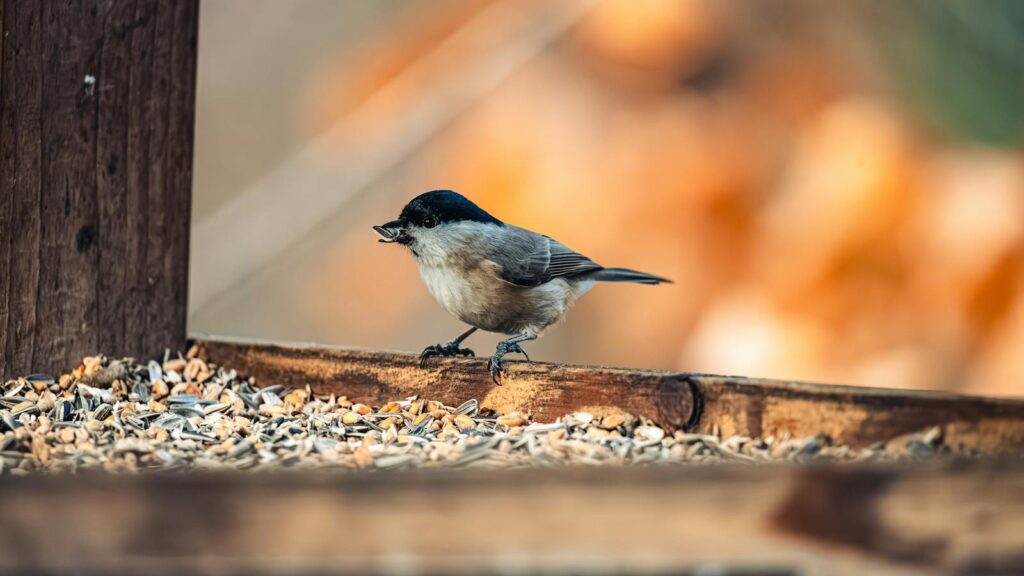
Wildlife experts continue to debate the appropriate balance between helping birds during extreme weather and creating dependency on human intervention. Some conservationists express concern that regular feeding and watering may create artificial dependencies that make birds less resilient to finding natural resources. However, most ornithologists agree that during truly extreme weather events like severe heatwaves, the immediate survival benefits outweigh potential dependency concerns. Research indicates that most birds maintain their natural foraging behaviors even when supplemental resources are available, suggesting that short-term emergency interventions likely don’t create problematic dependencies. The key appears to be providing consistent support during genuine emergencies while avoiding practices that might undermine natural adaptations.
The Psychology of Human Helpers

An often overlooked aspect of this scenario involves the psychological impact on humans who regularly assist birds during extreme weather. Many people develop deep emotional connections to the wild birds they help support, experiencing genuine distress if they’re unable to continue providing assistance. Conservation psychologists have documented feelings of eco-anxiety, guilt, and mourning among individuals who must stop their bird support activities, especially when they witness subsequent negative outcomes. These emotional responses sometimes lead to community organizing, with neighbors creating backup systems to maintain bird support when primary caregivers cannot continue. This human dimension highlights how the relationship between people and the wild birds they assist creates mutual dependencies that extend beyond mere resource provision.
Creating Sustainable Support Systems
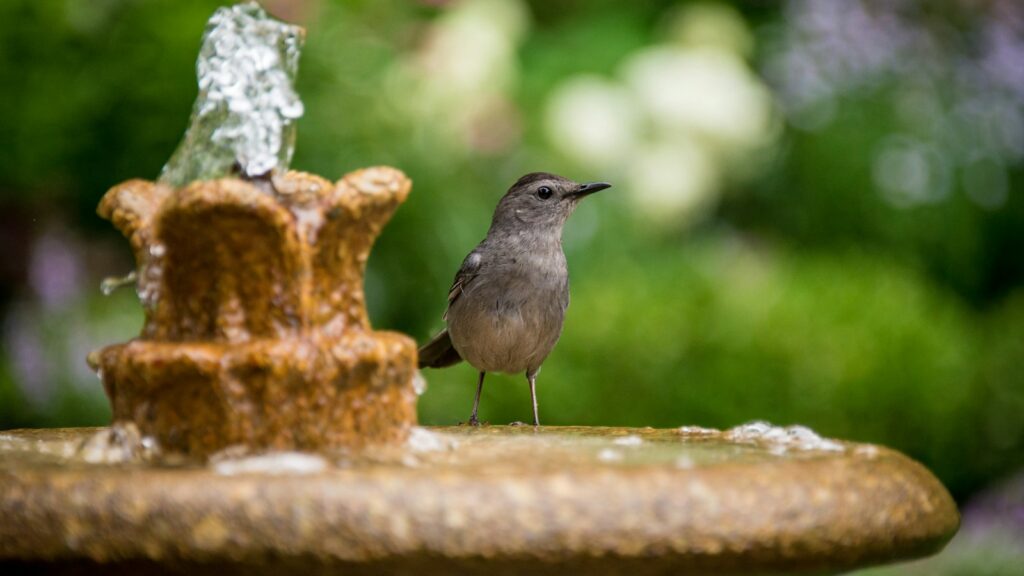
Wildlife experts recommend developing sustainable, community-based approaches to supporting birds through extreme weather events rather than relying on individual efforts that might suddenly disappear. Neighborhood bird support networks, with multiple households maintaining water and shade sources, provide redundancy that protects birds from sudden resource disappearance. Public parks and nature centers increasingly incorporate climate-resilient features like solar-powered water fountains and automated misting systems that function even when staff aren’t present. Some communities have established emergency notification systems specifically for wildlife needs during extreme weather, activating volunteers to check and maintain critical water sources when heatwaves strike.
Legal and Ethical Considerations
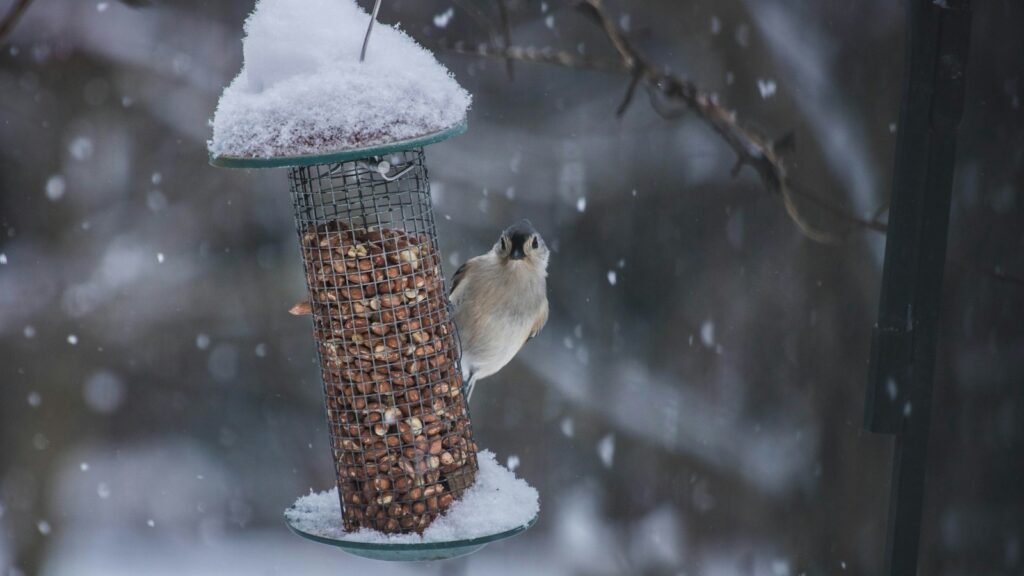
The question of responsibility toward wildlife during extreme weather events raises complex legal and ethical considerations. While no laws specifically require citizens to provide water for wild birds during heatwaves, some jurisdictions have begun incorporating wildlife considerations into extreme weather response plans. Environmental ethicists argue that humans have heightened moral responsibilities toward wildlife suffering from climate change effects that human activities have largely caused. These ethical frameworks suggest that the sudden withdrawal of assistance during critical periods constitutes a form of harm that informed citizens should seek to avoid. Conservation organizations are increasingly developing guidelines that address these ethical dimensions while remaining sensitive to practical limitations that individuals may face.
Climate Change and the Growing Importance of Human Intervention
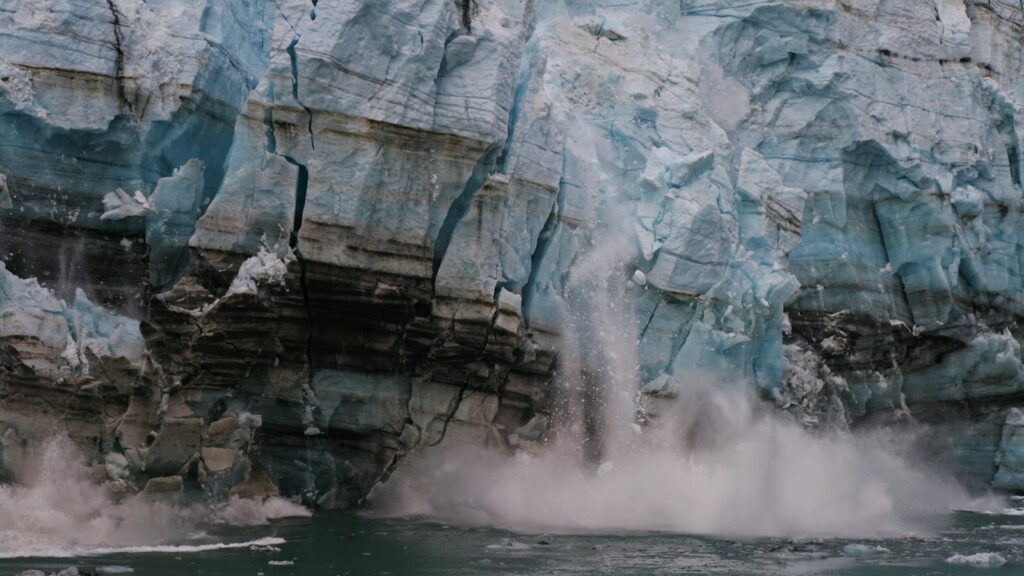
As climate change intensifies, the frequency and severity of heatwaves are projected to increase significantly in coming decades. This climate reality means that human intervention for birds during extreme weather will likely become increasingly important for population maintenance of many species. Climate modeling combined with ornithological research suggests that without adaptive human assistance, certain bird species may face range contractions or local extinctions in areas experiencing more frequent extreme heat events. Forward-thinking conservation strategies now incorporate climate adaptation plans that acknowledge the growing role of human intervention in maintaining bird biodiversity through extreme weather events. This evolving understanding places greater importance on ensuring that human assistance, once started, remains reliable and consistent.
Strategies for Gradual Withdrawal When Necessary
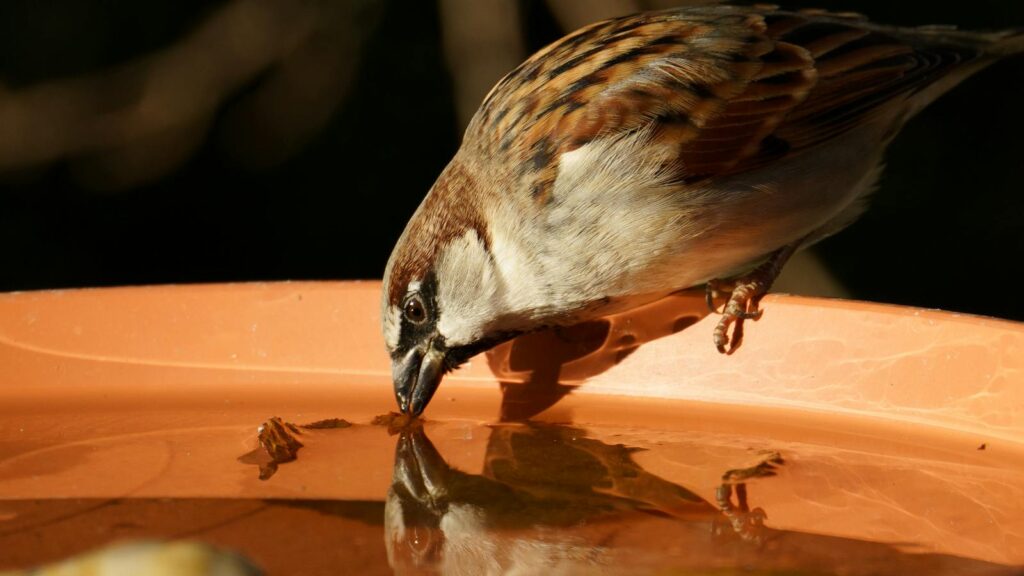
When circumstances require ending bird assistance during hot weather, wildlife experts recommend implementing a gradual withdrawal rather than sudden cessation. Slowly reducing water quantities while maintaining multiple sources allows birds time to locate alternative resources and adjust their territories accordingly. Coordinating with neighbors or local bird clubs to ensure someone else can take over maintenance of critical water sources provides essential continuity during transition periods. Conservation organizations sometimes offer emergency response teams that can step in temporarily when regular caregivers must stop providing assistance. These transitional approaches minimize harm while acknowledging that sometimes human circumstances make continued assistance impossible.
Conclusion: Balancing Responsibility with Sustainability
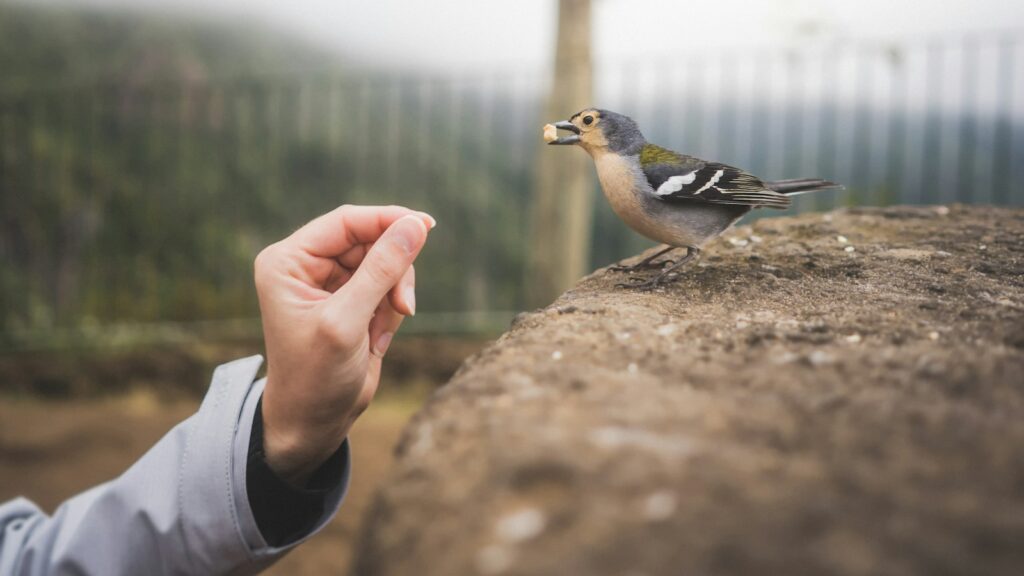
The sudden disappearance of human assistance for birds during heatwaves creates cascading consequences that extend from individual bird suffering to population-level impacts and broader ecological disruptions. As climate change makes extreme weather events more common, the relationship between humans and wild birds increasingly includes an element of dependency that carries ethical responsibility. The most sustainable approach appears to be community-based systems that provide redundancy and resilience rather than relying solely on individual efforts. By understanding the significant impacts that sudden withdrawal of assistance can have, we can work toward more reliable support systems that help wild birds navigate the growing challenges of a warming planet while maintaining appropriate boundaries that respect their wild nature.
